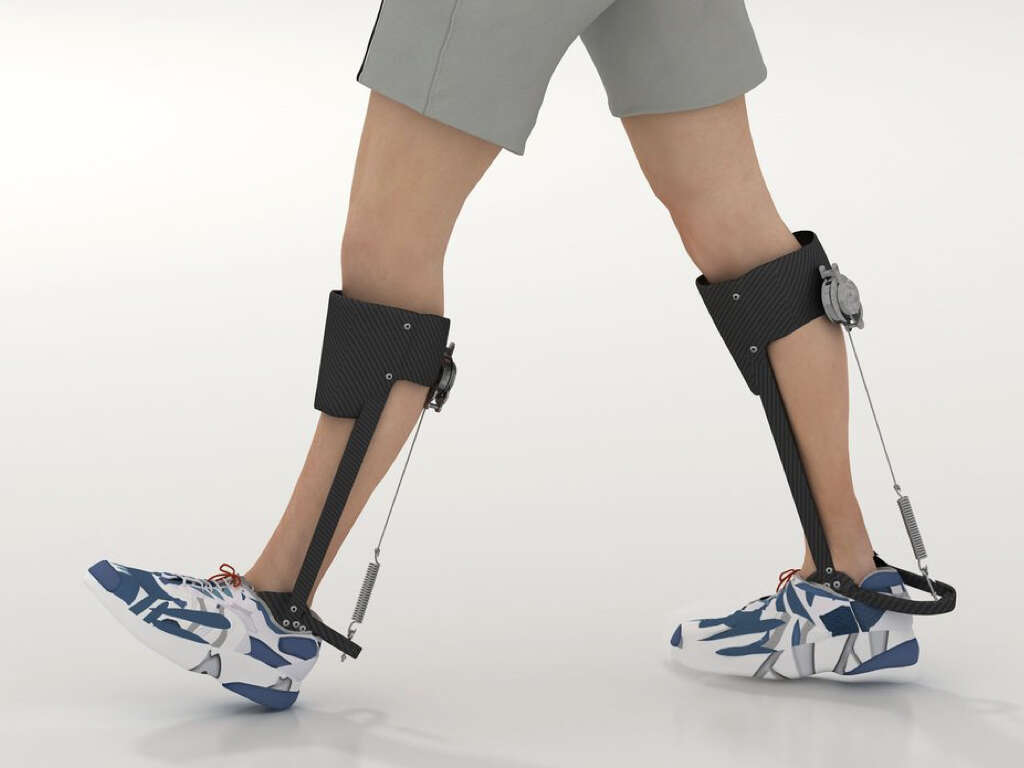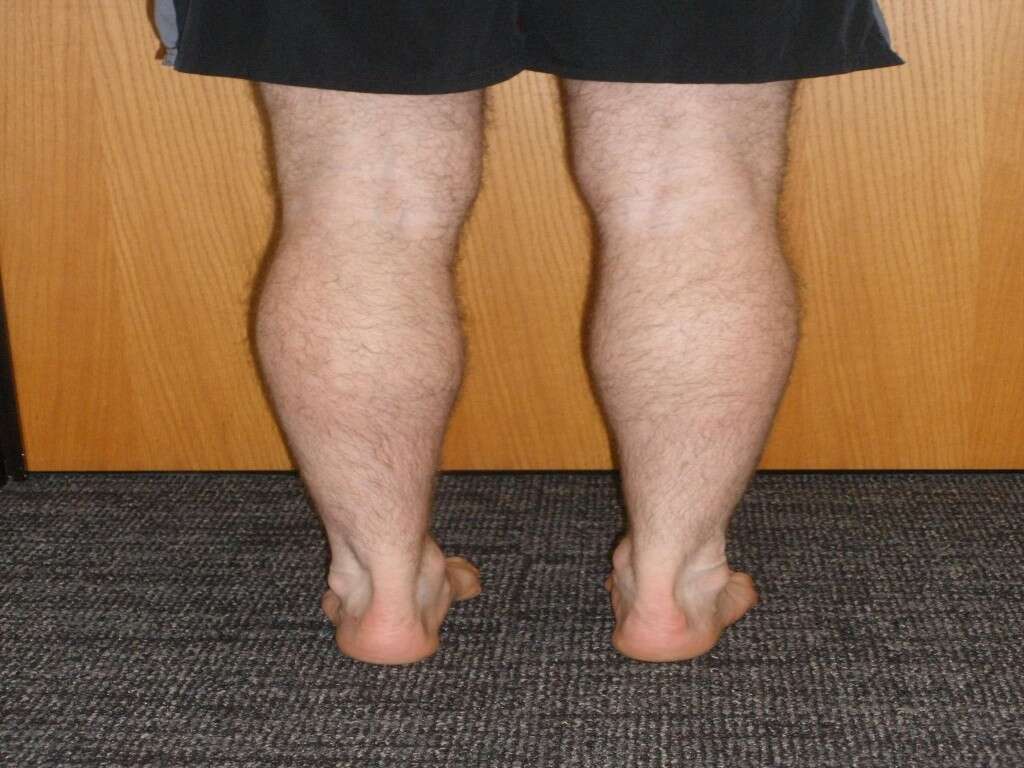Myotonic Dystrophy Definition, Causes and More
 Article Sources
Article Sources
- 1. NHS Choices, NHS, www.nhs.uk/conditions/muscular-dystrophy/
- 2. 'Myotonic Dystrophy.' Genetic and Rare Diseases Information Center, U.S. Department of Health and Human Services, rarediseases.info.nih.gov/diseases/10419/myotonic-dystrophy.
- 3. 'The Myotonic Dystrophies.' Muscular Dystrophy UK, www.musculardystrophyuk.org/about-muscle-wasting-conditions/myotonic-dystrophy/myotonic-dystrophy-factsheet/.
3. Types of Myotonic Dystrophy
There are two major types of myotonic dystrophy. Type 1, which is the more common form, tends to be more severe than Type 2. People with Myotonic Dystrophy Type 2 may not experience much muscle stiffness if any, and while they are at risk of heart complications, these tend to be milder than in Type 1.3‘The Myotonic Dystrophies.’ Muscular Dystrophy UK, www.musculardystrophyuk.org/about-muscle-wasting-conditions/myotonic-dystrophy/myotonic-dystrophy-factsheet/.
One variation on Type 1, called Congenital Myotonic Dystrophy, causes babies to be born with muscle weakness, breathing problems and delays and is often very severe.1NHS Choices, NHS, www.nhs.uk/conditions/muscular-dystrophy/
Advertisement











